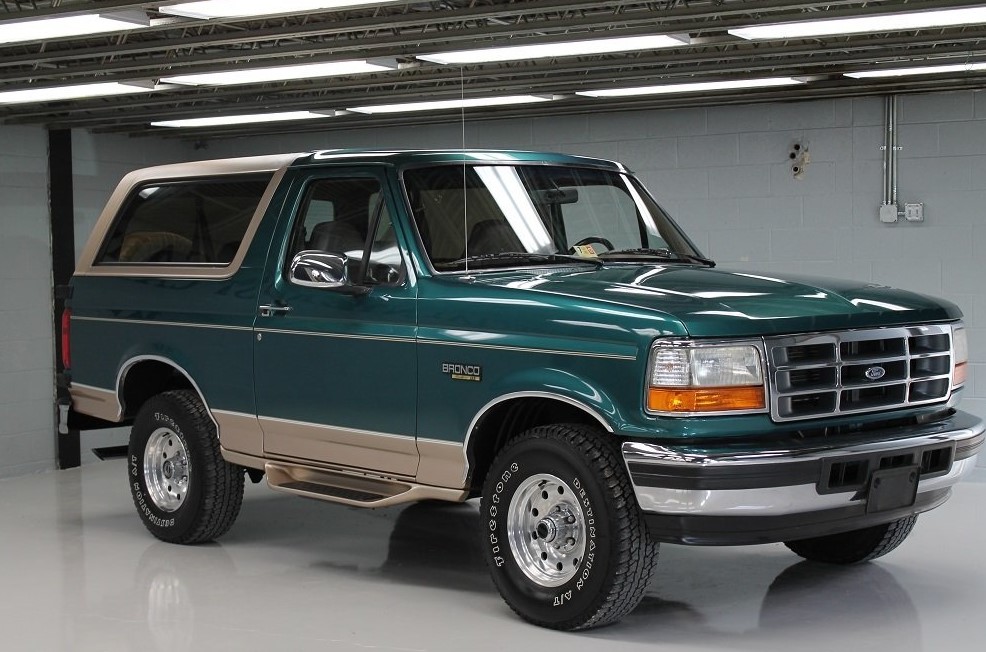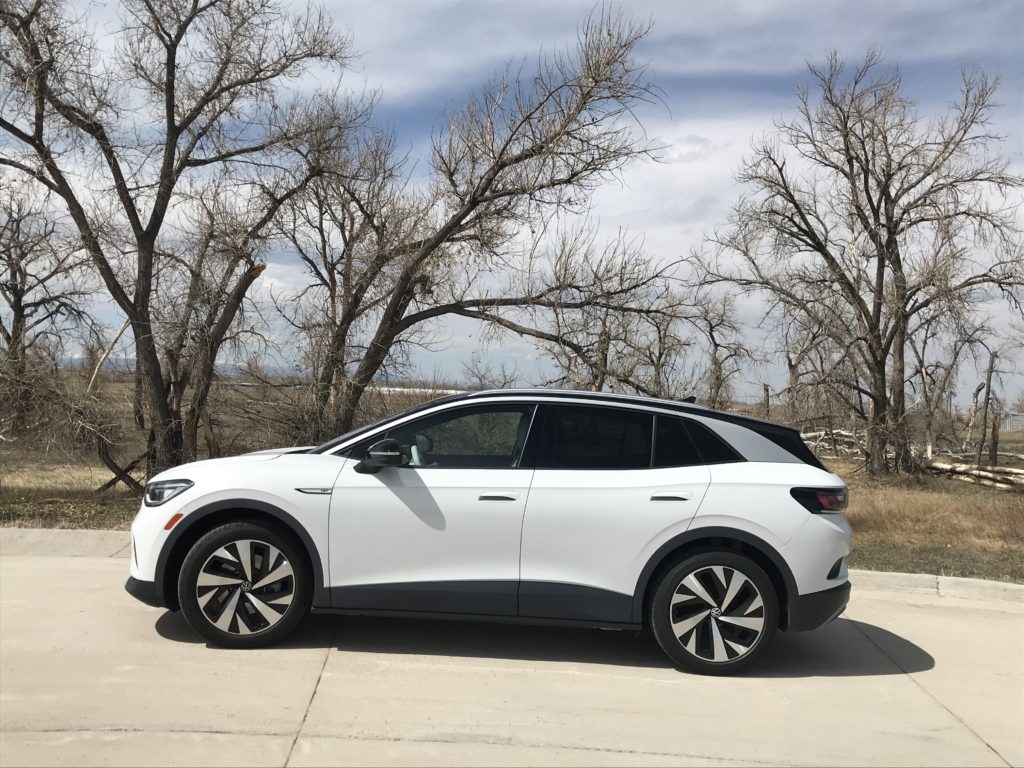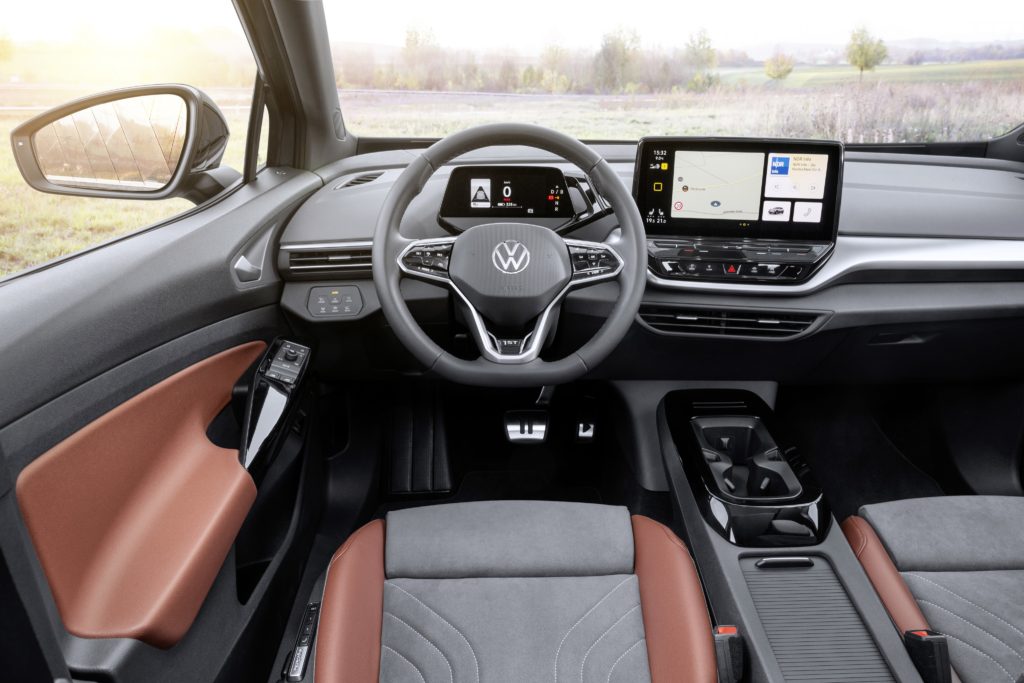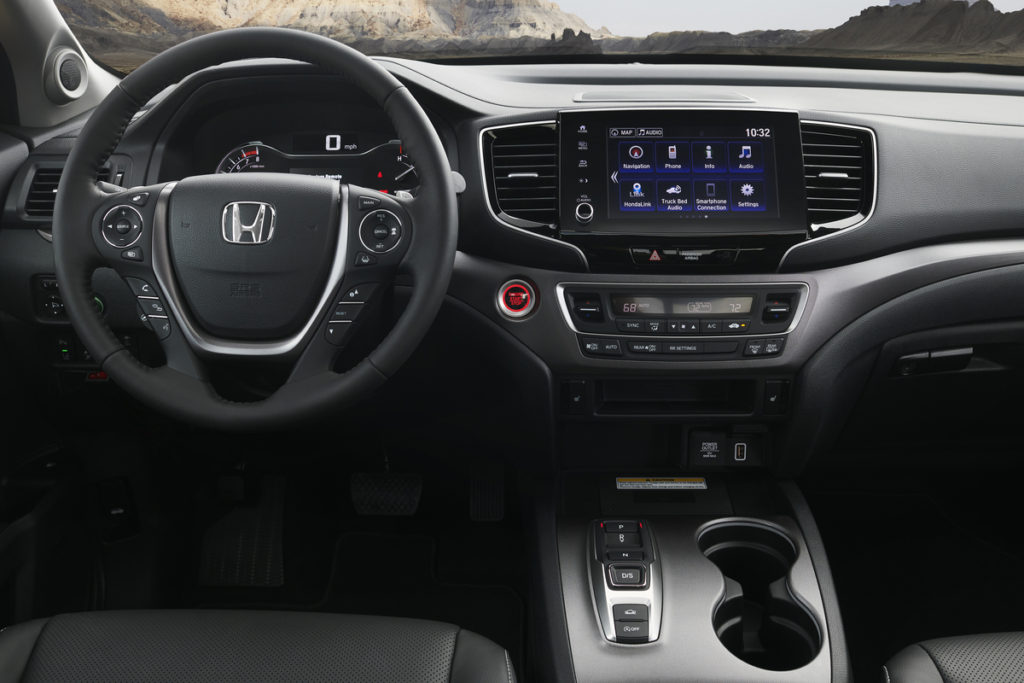
The recently arrived 2021 Ford Bronco Sport, somewhat surprisingly, felt comfortably refined in its week in my possession. On sale for three or four months, it does battle with the Jeep Cherokee and Compass and others, leaving the bigger Bronco, due out this summer, to contend with the larger and tougher Jeep Wrangler Unlimited.
Speaking of Jeep; heading my way was a new Wrangler Rubicon 392 with a 6.4-liter Hemi V-8 engine. The spread of a crack in the glass after a rock hit the windshield turned the driver around back toward Denver. “Oh, no,” was my response to the call informing me the Jeep wouldn’t be delivered; “Oh, wow,” I responded to the next bit of info which was that in its place, the driver would bring me the new Ford Bronco Sport.
The return of the Ford Bronco is one of the most anticipated new-car arrivals in many months. The Bronco Sport will compete with, in addition to the Jeeps, the Honda CR-V, Toyota RAV4 and Subaru Forester. It shares underpinnings with the Ford Escape; the Sport’s wheelbase is 105.7 inches and overall length 172.7 inches.
The big Bronco, expected to show up this summer as a 2022 model, will be almost a foot-and-a-half longer than the Bronco Sport.
I drove the Bronco Sport to Longmont, then followed Colo. 66 and U.S. 36 with numerous curves and a long climb to Estes Park. It was rainy with heavy fog most of the way. The all-wheel-drive Bronco maintained good grip from its all-terrain tires; adding interest was dialing in Sport mode, which increased throttle response, quickened shifts and steering, while the 11-speaker Bang & Olufsen audio system programmed V-8 engine exhaust sound.
The descent back to Greeley came via Big Thompson Canyon and its twists, most of which were nonbraking maneuvers after dropping into 4th and even 3rd gears while using the Sport’s paddleshifters.
The Sport performs with a 2.0-liter, turbocharged 4-cylinder engine of 250 horsepower and 277 lb.-ft. of torque. It is tied to an 8-speed automatic transmission, shifted from a rotary dial on the center console. Near it is a second dial, smaller, labeled G.O.A.T., which stands for “Goes Over Any Type of Terrain.” It will move between Normal, Comfort, Eco and Sport modes, with terrain settings for slippery, sand, mud/ruts and snow.
Base engine for the Sport is a 1.5-liter, turbocharged 3-cylinder of 181 horsepower and 190 lb.-ft. of torque. The Bronco’s doors and top are removable.
Base price for the Ford Bronco Sport 1st Edition 4X4 is $32,500. A list of optional items pushed the sticker price to $37,545. The Bronco Sport is built at Hermosillo, Mexico.
The 120-mile run through Estes averaged 26.4 miles per gallon; overall for the week was 22.8. The Sport’s EPA estimate is 21/26.






